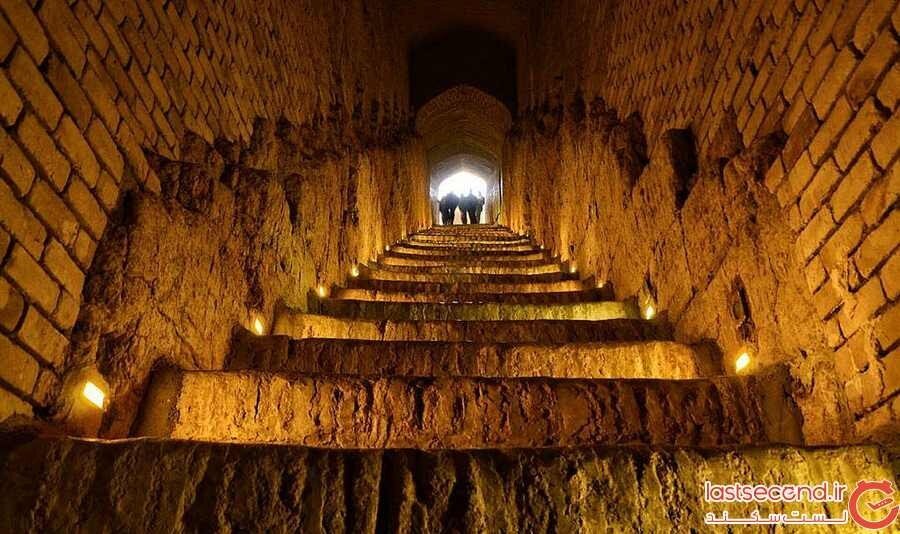TEHRAN – The first cadastral title deed for the oldest and longest qanat in the world has been issued to Gholamreza Sardari-Zarchi, the eldest qanat worker in Yazd province.
According to CHTN, the UNESCO-listed Zarch Qanat, located in Yazd province, is recognized as the oldest and longest qanat in the world. With a history spanning 3,000 years, this ancient water management system includes several shafts, some of which are situated near the Jame Mosque of Yazd.
The qanat’s water source, known as its mother well, is located in the town of Zarch. The water-supply system comprises three separate underground tunnels named Shur, Ebrahim Khwidak, and Shirin.
“The first cadastral title deed for this historical qanat, which was registered in 2005 under number 14830 in the National Heritage List of Iran, has now been issued for the Shirin tunnel section in the name of the oldest Moqanni (qanat worker) in Yazd, Gholamreza Sardari-Zarchi,” the report said.
The Shur tunnel begins three kilometers north of the Malabashi farm in section 5, while the Ebrahim Khwidak tunnel starts four kilometers away from the first tunnel and extends to parts of section 3 of Yazd city. The Shirin tunnel starts at the front yard of the Seyyed Mirza farm in section 5 and runs through various parts of Yazd, including Amir Chakhmaq, Lord Fahadan, and Koshk-e Now. All three tunnels intersect in several areas of Yazd, such as Seyyed Gol-e Sorkh, Kasnaviyeh, and Mahmoudabad, CHTN explained.
Having a length of 90 kilometers, the qanat was inscribed as part of the “Persian Qanats” during the UNESCO World Heritage Committee meeting in Istanbul on July 15, 2016.
UNESCO has it that “The qanats provide exceptional testimony to cultural traditions and civilizations in desert areas with an arid climate.”
Generally, each qanat comprises an almost horizontal tunnel for collecting water from an underground water source, usually an alluvial fan, into which a mother well is sunk to the appropriate level of the aquifer.


No comments:
Post a Comment